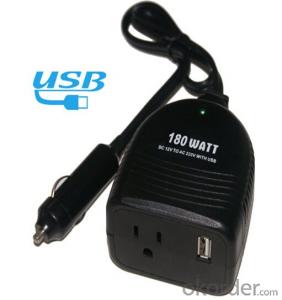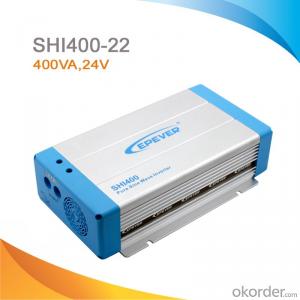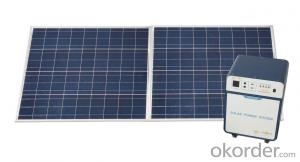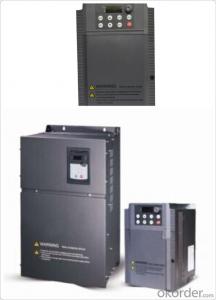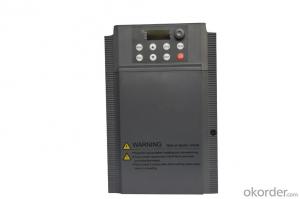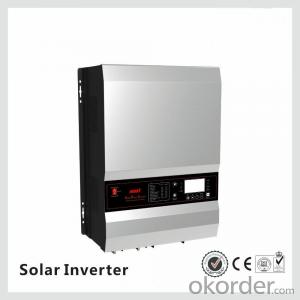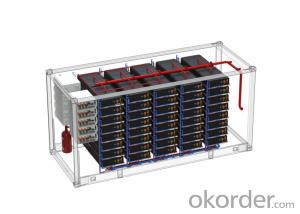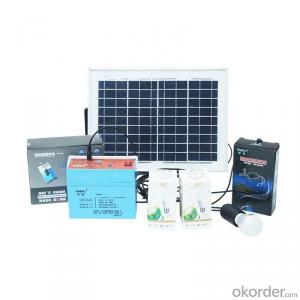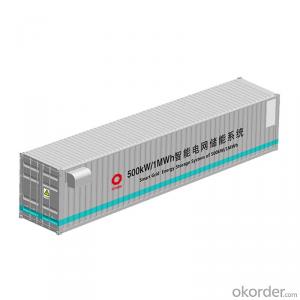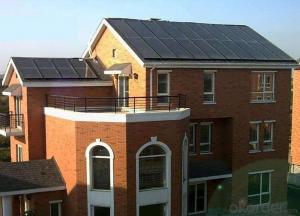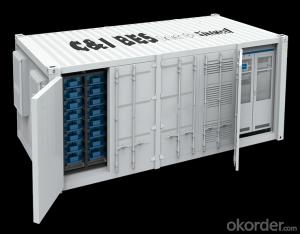Solar Power Inverter 220v
Solar Power Inverter 220v Related Searches
Home Power Inverter For Solar Solar Power Inverter For House Solar Power Inverter For Rv Solar Panel Kit With Inverter Rv Solar System With Inverter Solar Panel With Inverter Solar With Electric Inverter Inverter With Battery Solar Inverter With Solar Panels Solar Charger With InverterHot Searches
Type Of Inverter For Solar Types Of Inverter For Solar Used Solar Inverter For Sale Inverter Size For Solar System Solar Edge Inverter For Sale 5kw Solar Inverter For Sale Solar Inverter For Sale Solar Inverter For Battery Solar Inverter For Split Ac Solar Inverter For Laptop Solar Inverter For Fridge Solar With Inverter Price Solar Inverter With 2 Battery Solar Inverter Price In China Best Solar Inverter In China Solar Inverter Price In Dubai Solar Inverter Price In Uae Solar Inverter Price In Kenya Solar Inverter Price In Kerala Type Of Inverter For SolarSolar Power Inverter 220v Supplier & Manufacturer from China
Okorder.com is a professional Solar Power Inverter 220v supplier & manufacturer, offers integrated one-stop services including real-time quoting and online cargo tracking. We are funded by CNBM Group, a Fortune 500 enterprise and the largest Solar Power Inverter 220v firm in China.Hot Products
FAQ
- Yes, a solar energy system can be installed on a metal roof. In fact, metal roofs are often considered ideal for solar panel installations due to their durability, ease of installation, and compatibility with mounting systems. The metal roof provides a sturdy and secure foundation for the solar panels, allowing for a reliable and long-lasting solar energy system.
- Yes, a solar energy system can store excess energy for later use. This is commonly done through the use of batteries, which store the surplus energy generated by the solar panels during periods of low demand or high sunlight, allowing it to be used during times when there is little or no sunlight available.
- The efficiency of solar panels can vary across different roof types due to several factors. One of the main factors is the orientation and tilt of the roof. Solar panels are most efficient when they are facing towards the sun, ideally at a tilt that matches the latitude of the location. Therefore, roofs with a south-facing orientation and a suitable tilt generally have higher efficiency. Roof shading is another important factor. If a roof is shaded by trees, buildings, or other obstructions, it can significantly decrease the efficiency of solar panels. Even partial shading on a small portion of the roof can impact the overall performance of the entire solar system. The material and condition of the roof can also affect efficiency. Certain roof materials, such as metal or asphalt shingles, can reflect sunlight and increase the overall efficiency of solar panels. On the other hand, roofs with a lot of dirt, debris, or damage may decrease efficiency as they can block or hinder the absorption of sunlight. The size and shape of the roof also play a role. Roofs with a larger surface area can accommodate more solar panels, thereby generating more electricity. Additionally, roofs with a simple shape, such as flat or slightly sloped, tend to be more conducive to efficient solar panel installation compared to complex roof designs with many angles and obstacles. Lastly, the local climate and weather patterns can impact solar panel efficiency. Areas with high levels of sunlight throughout the year generally have higher efficiency compared to regions with frequent cloud cover or limited sun exposure. In conclusion, the efficiency of solar panels can vary across different roof types due to factors such as orientation, shading, roof material and condition, size and shape, as well as local climate and weather patterns. Consulting with a solar professional can help determine the optimal solar panel system for a specific roof type, maximizing energy production and efficiency.
- Yes, like any other technology, solar energy systems require regular maintenance to ensure optimal performance and efficiency. This includes cleaning the solar panels to remove dirt and debris, checking the electrical connections, inspecting for any damage or wear, and monitoring the system's performance. Additionally, the batteries in off-grid solar systems may need periodic replacement. Regular maintenance is crucial to prolong the lifespan of the system and maximize its energy output.
- Solar energy systems can indeed be utilized in regions afflicted by poverty. In reality, solar energy can play a crucial role in alleviating poverty and enhancing the living conditions of individuals in these areas. Here are a few reasons why solar energy systems are feasible in poverty-stricken areas: 1. Cost-effectiveness: Over the years, solar energy systems have become more affordable, rendering them a viable option for economically disadvantaged communities. Once installed, solar panels can produce electricity without any ongoing expenses, thereby reducing the burden on families struggling to pay for conventional energy sources. 2. Energy independence: By providing a decentralized and local electricity source, solar energy systems enable communities to become self-reliant and less reliant on centralized power grids. This independence empowers impoverished individuals to access reliable electricity, enhancing their quality of life and enabling economic activities, such as small-scale businesses. 3. Environmental sustainability: Solar energy is a clean and renewable power source, which aids in safeguarding the environment in impoverished areas. These regions often lack access to modern infrastructure, resulting in a heavy reliance on fossil fuels like kerosene lamps or diesel generators, which contribute to pollution and health issues. Solar energy systems offer a sustainable alternative by reducing carbon emissions and improving air quality. 4. Job creation and economic development: The establishment and maintenance of solar energy systems generate employment opportunities within the local community. This job creation can stimulate economic growth and enhance the financial prospects of individuals living in poverty. Moreover, solar energy can be harnessed for productive purposes, such as powering irrigation systems, small-scale manufacturing, or water purification, thereby contributing further to poverty reduction. 5. Humanitarian aid initiatives: Numerous organizations and governments actively engage in implementing solar energy projects in impoverished areas. These initiatives focus on providing solar power to schools, hospitals, and community centers, ensuring access to education, healthcare, and communication facilities. By addressing these fundamental needs, solar energy can uplift communities and enable them to break the cycle of poverty. In conclusion, solar energy systems possess the potential to be effectively utilized in areas with high levels of poverty. The affordability, energy independence, environmental sustainability, job creation, and humanitarian aid aspects make solar energy an ideal solution for enhancing the lives of individuals residing in poverty-stricken areas.
- The efficiency of solar panels directly impacts the overall performance and cost-effectiveness of a solar energy system. Higher efficiency panels can generate more electricity from the same amount of sunlight, allowing the system to produce more power. This can result in a higher return on investment and shorter payback periods. Additionally, more efficient panels require less space, making them suitable for installations where space is limited. Conversely, lower efficiency panels may require more space and installation costs to achieve the desired energy output. Therefore, the efficiency of solar panels plays a crucial role in optimizing the performance and economic viability of a solar energy system.
- Yes, a solar energy system can still be used in areas with limited sunlight. While it is true that solar panels produce the most electricity when exposed to direct sunlight, they can still generate power even in areas with limited sunlight. Solar panels can still produce electricity on cloudy days or during periods of low sunlight, albeit at a reduced efficiency. Additionally, advancements in solar panel technology have made it possible for panels to capture and convert even diffuse sunlight, which means they can still function in areas with limited direct sunlight. Moreover, solar energy systems can be designed to include energy storage solutions such as batteries, allowing for the storage of excess energy generated during periods of peak sunlight for use during periods of limited sunlight. This ensures that solar energy can still be utilized in areas with limited sunlight, making it a viable and sustainable energy solution for various regions around the world.
- Yes, there are various government incentives and tax credits available for installing solar energy systems. These incentives and credits vary by country and even within different regions or states. They are designed to encourage the adoption of renewable energy and may include benefits such as federal tax credits, grants, rebates, and net metering programs. It is advisable to research and consult with local authorities or a solar installation professional to determine the specific incentives and credits available in your area.





